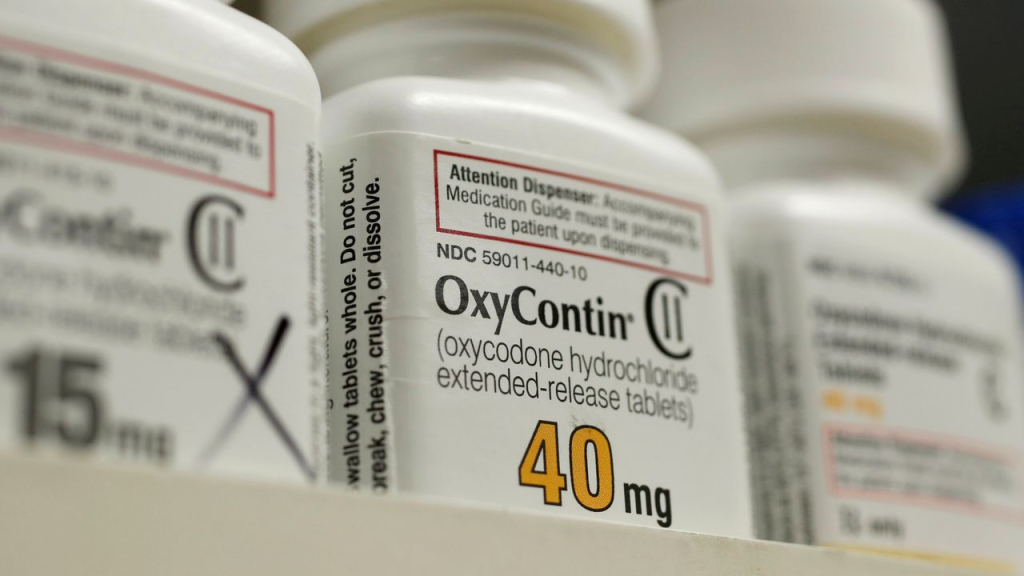Oxycodone is a effective opioid analgesic recommended for the management of reasonable to significant pain. As a member of the opioid type of drugs, it acts on the key worried program to alleviate pain by binding to unique receptors in mental performance and spinal cord. Derived from thebaine, an opium alkaloid, oxycodone will come in numerous remedies, including immediate-release and extended-release versions, providing freedom in pain management.
The primary power of oxycodone lies in their ability to offer efficient aid for people encountering suffering because of conditions such as for instance damage, surgery, or serious ailments like cancer. Its analgesic properties ensure it is a valuable software for healthcare experts striving to enhance the standard of living for patients working with substantial pain burdens. But, the utilization of oxycodone involves consideration of their benefits and possible risks.
While oxycodone provides important reduction, it’s perhaps not without concerns. Like different opioids, oxycodone carries a threat of dependence, threshold, and addiction. People using oxycodone are advised to adhere strictly with their given dosage and length, beneath the advice of a healthcare professional. Overuse or misuse may lead to critical wellness effects and may possibly donate to the broader societal problems related to opioid misuse.
Extended-release products of oxycodone are made to provide around-the-clock pain alleviation, creating them ideal for serious suffering management. Nevertheless, these formulations need cautious monitoring for their possibility of misuse or overdose. The opioid crisis has underscored the importance of responsible prescribing practices and individual training to mitigate the risks associated with opioids, including oxycodone.
It is vital for both healthcare companies and people to take part in open and transparent conversation about the use of oxycodone. People should be aware of possible negative effects, including nausea, constipation, and drowsiness, and report any concerning indicators promptly. Healthcare providers, consequently, must regularly gauge the patient’s pain degrees, examine the continuous importance of opioids, and discover alternative pain administration methods when appropriate.
The opioid situation has motivated improved scrutiny of opioid prescribing practices, ultimately causing a shift in how healthcare providers method suffering management. Recommendations today emphasize a multidisciplinary strategy, integrating non-opioid drugs, physical treatment, and behavioral interventions to handle suffering successfully while minimizing the reliance on opioids like oxycodone.
Additionally, the growth of abuse-deterrent preparations of oxycodone seeks to handle concerns about opioid misuse. These preparations are created to ensure it is more difficult to change the drug for illicit applications, such as for example crushing it for snorting or injecting. While these systems represent an advance in curbing opioid punishment, they’re not simple, oxycodone for sale continuous attempts are required to handle the complex challenges related to opioid misuse.

In conclusion, oxycodone is just a effective analgesic that represents a vital role in pain management. Their efficiency in relieving moderate to serious pain helps it be an invaluable instrument for healthcare services, especially in situations where substitute solutions may be insufficient. But, the prospect of misuse, addiction, and overdose shows the significance of responsible prescribing practices, individual education, and a thorough method of pain management that thinks equally the benefits and dangers of opioid medicines like oxycodone.

No Comments